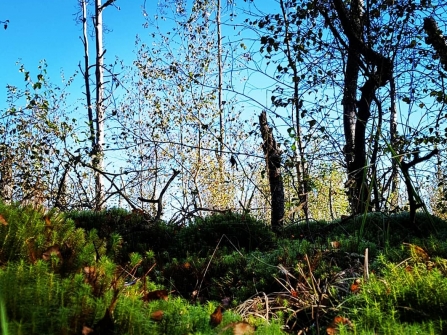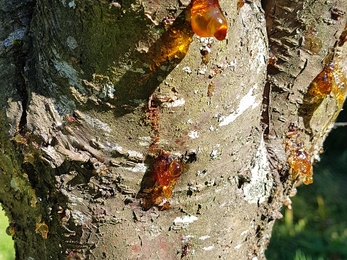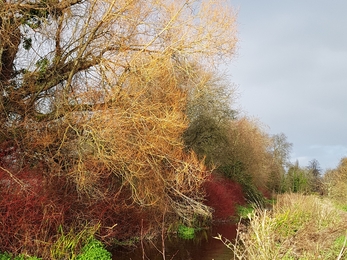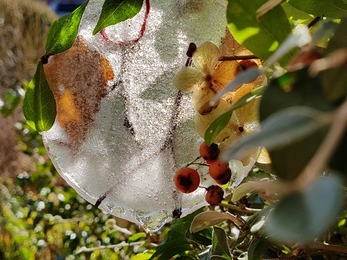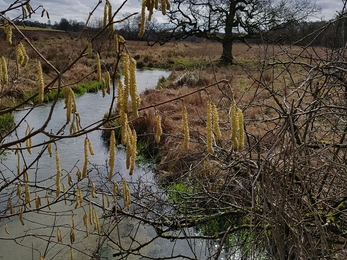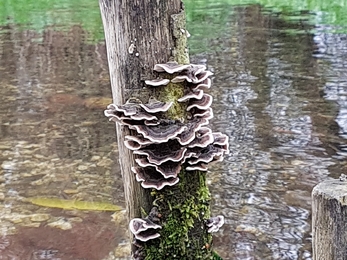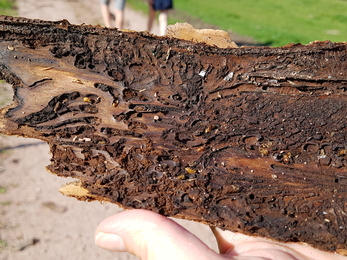Going for a winter walk allows for a different kind of wildlife experience. There are fewer leaves on the trees, meaning birds are easier to see. There is a special sort of beauty in sunlit trees against dramatic skies. Fungi are abundant and frosty patterns trace the ground. Many of our wild places are less busy, giving you a better chance of seeing shy species if you move slowly and quietly.
Whether you like getting mildly lost in the woods, having a cobweb-busting walk on some windy hills, or enjoying a stroll around your local green space, here are ten things to do this winter in the varied habitats around our local chalk streams.
1. Listen for bird songs.
There are lots of recordings online to help you familiarise yourself with local species before your stroll. Birds like Cetti’s warbler, kingfisher and song thrush can all be found on and around our chalk streams. Although elusive, their songs are distinctive; use this to help you see where they are hiding!
2. Look for fish.
Peer into the water from the footpaths that follow our chalk streams, or bridges that cross them in towns and villages. See if you can spy spotted brown trout, and look out for grayling with its distinctive red-tinged dorsal fin. In the winter months, trout will be using their tails to excavate ‘redds’ in the riverbed - gravelly depressions into which they lay their eggs.


